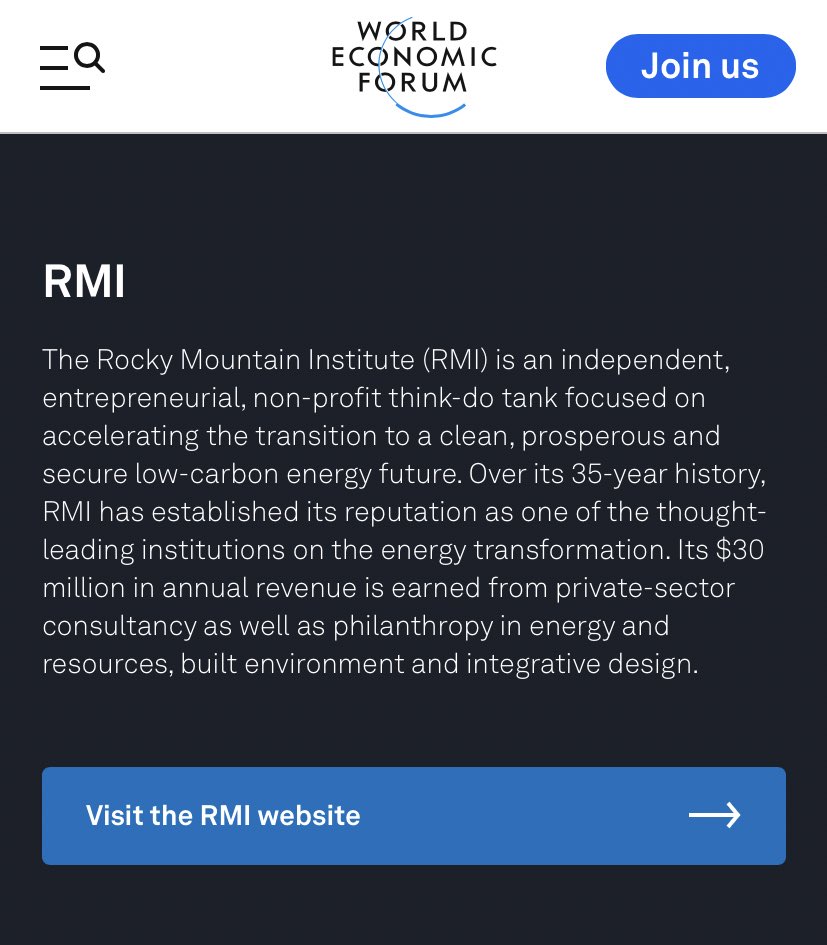Three Berries
Active member
And look how the vegetation responded. My chart ends at 2M years ago.
And look how the vegetation responded. My chart ends at 2M years ago.
The Amazon is disappearing due to deforestation for the cattle industry. Not to mention elsewhere in the world. What plants are going to gobble up all this CO2?Well if you can't figure out the pictures then you are just shilling.
What is the proper level for CO2 in our atmosphere today? 440ppm too high? 1000 ppm too high? 5000ppm too high?
As long as plants are allowed to grow they will gobble up as much CO2 as you can throw at them. It's called the Carbon Cycle, real science not political climate change science.
Don't be a psychopath!
if you evert tried to keep an area weed and tree free you will find it's a constant battle. Cleared forest for farm land still gobbles up CO2.The Amazon is disappearing due to deforestation for the cattle industry. Not to mention elsewhere in the world. What plants are going to gobble up all this CO2?
My dad is an ag scientist. We had a glasshouse years ago and he was looking at increasing production by introducing CO2. This was in the 80's. CO2 is now at the level that he wanted in the glasshouse 4 decades ago.

I run +2000 in the winter all the time, up to 3000 ppm. Great yields, though I am not an expert. 3000 is my trigger limit for increasing ventilation.
CO2 Meters | CO2 Monitors | CO2 Sensors
CO2 safety detectors, sensors, monitors and data loggers for businesses and industries worldwide. Prices online. We ship daily. (877) 678-4259.www.co2meter.com
While normal outdoor CO2 levels (about 400ppm) will achieve normal plant growth, doubling or tripling the CO2 levels can increase the growth rate. However, above 2,000ppm CO2 becomes toxic to plants, and above 5,000ppm CO2 becomes potentially harmful to people. Most experts agree that 1,500 ppm is the maximum CO2 level for maximum plant growth, although any CO2 level between 1,000ppm and 1,500ppm will produce greatly improved results.
Farmland is useless in comparison to forest in terms of CO2.if you evert tried to keep an area weed and tree free you will find it's a constant battle. Cleared forest for farm land still gobbles up CO2.
If 440 ppm is what your father was looking for he would have found 2000 would have worked a lot better.
In Illinois during the summer the daily swing for CO2 can be from 350 late afternoon to 600 early morning. Just from the corn and beans. Plants put off CO2 at night.
Farmland is not usless. WTF do you think all that corn is made of? And year after year. Not a long term storage like trees but in the end it's all the same.Farmland is useless in comparison to forest in terms of CO2.
Useless compared to forest for gobbling up CO2 (which is what you were discussing). Much of the cleared Amazon is for cattle anyway which is an even less efficient land use.Farmland is not usless. WTF do you think all that corn is made of? And year after year. Not a long term storage like trees but in the end it's all the same.
Just look at biofuel that is created from corn and soybeans and fast growing trees.
Useless means of no use. Farm crop gobble up their mass in CO2. Where I live you will be glad to know no trees were harmed when plowing the millions of acres as it was mostly grassland.Useless compared to forest for gobbling up CO2 (which is what you were discussing). Much of the cleared Amazon is for cattle anyway which is an even less efficient land use.
Biofuels still involve burning stuff for energy.

Yes. Unfortunately, deep rooted natural grasslands with endomycorrhizal associations were plowed up to make way for unnatural replacements and for years inundated with chemical fertilizers, herbicides and pesticides.Useless means of no use. Farm crop gobble up their mass in CO2. Where I live you will be glad to know no trees were harmed when plowing the millions of acres as it was mostly grassland.

SL373/SS574: Carbon Sequestration in Grazing Land Ecosystems
University of Florida, Institute of Food and Agricultural Sciences Extension outreach is a partnership between state, federal, and county governments to provide scientific knowledge and expertise to the public. The University of Florida (UF), together with Florida A&M University (FAMU)...edis.ifas.ufl.edu
This publication provides basic information about the important role of native and improved pastures (referred to as grazing land) in sequestering carbon from the atmosphere. Because of the relatively high sequestration rates and extensive area, grazing land represents an important component of terrestrial carbon dioxide (CO2) offset and is a significant sink for long-term carbon sequestration and greenhouse gas mitigation. This publication contains information for stakeholders, students, scientists, and environmental agencies interested in enhancing ecosystems services provided by grazing lands.
GLOBAL CARBON CYCLE
The global carbon cycle consists of complex processes that control the movement of carbon between the atmosphere, land, and oceans. Although natural processes dominate the carbon cycle, human-induced activities can also alter these carbon transfers. In the atmosphere, carbon is mainly present as carbon dioxide (CO2). Large amounts of carbon are also present in the soil, primarily as soil organic matter. Soil organic matter plays a key role in determining soil quality and its potential to produce food, fiber, and fuel. During the past two decades, the global carbon cycle has received significant attention because of its role in global climate change.
I thought we were talking about tearing up the forest for pasture land?Yes. Unfortunately, deep rooted natural grasslands with endomycorrhizal associations were plowed up to make way for unnatural replacements and for years inundated with chemical fertilizers, herbicides and pesticides.

